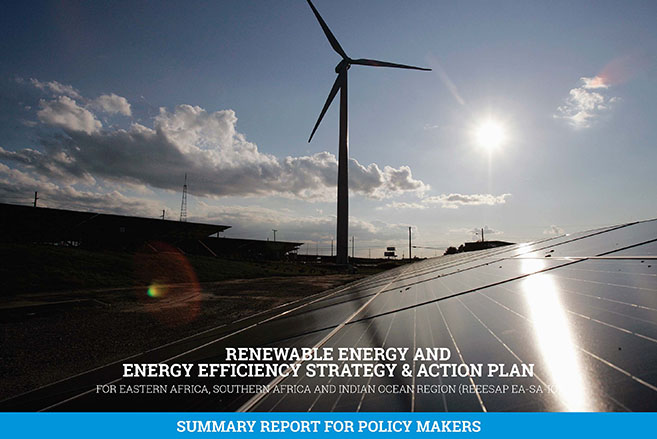
COMESA Secretariat working with the Regional Association of Energy Regulators for Eastern and Southern Africa (RAERESA) conducted a one-day virtual sensitization workshop on Monday 24 May 2021 for Libyan stakeholders on the regional energy programme and projects.
The objective was to appraise the stakeholders on the COMESA energy programme with specific focus on the RAERESA whose mandate includes the promotion of regional energy regulation and protection of consumer welfare and facilitating integration of the energy markets.
RAERESA Chief Executive Officer Dr Mohamedain Seif Elnasr said Member States had adopted the report on the status of the energy efficiency and environment in the electricity sector in the region. Subsequently, several energy guidelines, including feed-in-tariffs guidelines, public private partnership guidelines, guidelines on regulatory framework on off-grid electrification and guidelines on joint development of a project have been developed.
“Using the renewable energy guidelines, some COMESA Member States such as Egypt, Ethiopia, Kenya, Rwanda, Uganda and Zambia have managed to attract investments in the sector through independent Power Producers,” Dr Elnasr said.
COMESA countries have continued to implement energy reforms using the RAERESA guidelines by adopting transformation plans on the structure, operation, and financing of their state-owned operators. These are articulated in their national energy policies which are compliant to the COMESA Model Energy Policy Framework.
The COMESA Energy Programme promotes regional cooperation in energy development, trade and capacity building to address the supply side constraints, reduce the cost of doing business and enhance regional and global energy market competitiveness.
COMESA Energy Economist, Mr Malama Chileshe informed the delegates that despite notable accomplishments recorded in the energy sector, the region however lagged infrastructure development, which could partly be addressed through public, public partnerships.
The total installed power generation capacity in the region is gradually rising and is now estimated at 95,945 megawatts from 65,791 megawatts in 2016 and 48, 352megawatts in 2012.

